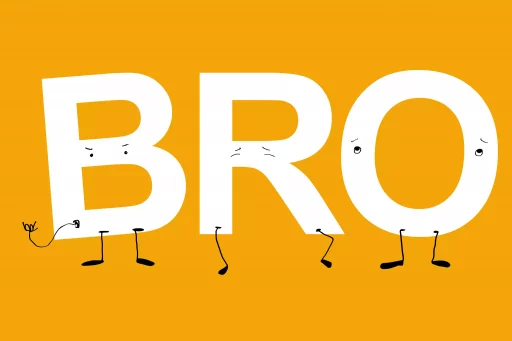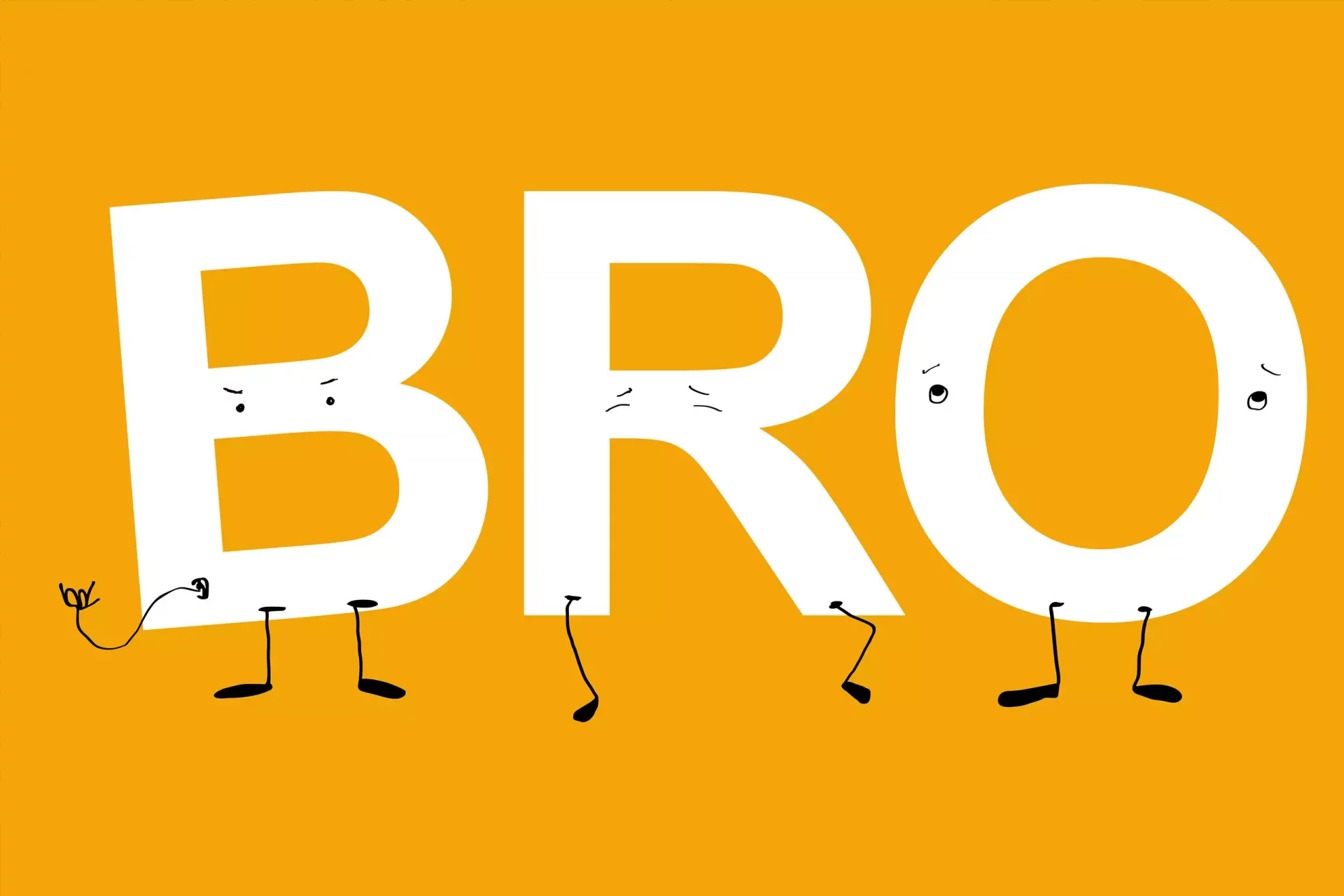Introduction
In today’s digital age, texting has become a popular means of communication. With the rise of smartphones, emojis have also become an essential part of texting. But what do emojis really mean in texting?
Emojis as a Means of Expression
Emojis are small digital images or icons used to express an idea or emotion in electronic communication. They can add nuance to a message that text alone may not be able to convey. For example, a simple smiley face emoji can indicate that a message is meant to be taken in a friendly manner.
Emojis in Different Cultures
Emojis can vary in meaning across different cultures. For example, the thumbs-up emoji is widely used in Western cultures to mean approval or agreement. However, in some Middle Eastern cultures, this gesture is considered rude.
Emojis in Marketing
Businesses have also started to use emojis in their marketing efforts to connect with a younger audience. Studies have shown that using emojis in marketing emails can lead to higher open rates and click-through rates.
Case Study: Domino’s Pizza
In 2015, Domino’s Pizza launched a campaign that allowed customers to order pizza by simply tweeting a pizza emoji. This innovative use of emojis helped Domino’s increase sales and attract a younger demographic.
Emojis and Gender
There have been studies that show differences in emoji usage between genders. For example, women tend to use more emojis in their messages compared to men. Emojis can also be used to reinforce gender stereotypes, with certain emojis being associated with masculinity or femininity.
Conclusion
Emojis have become an integral part of texting, allowing users to express emotions and ideas in a fun and creative way. As technology continues to evolve, emojis will likely play an even larger role in communication.


